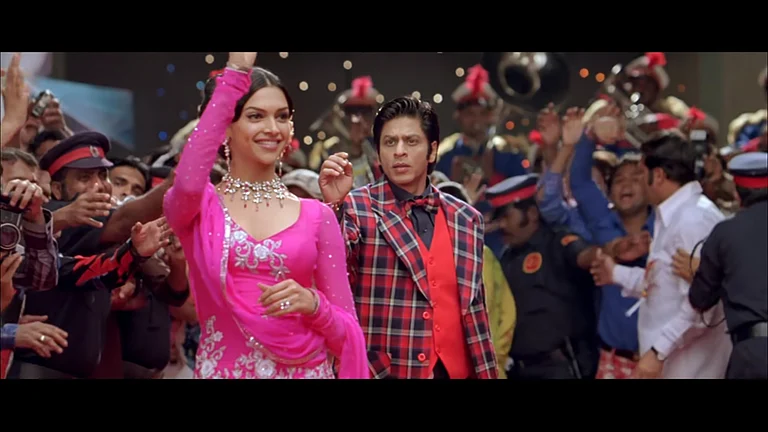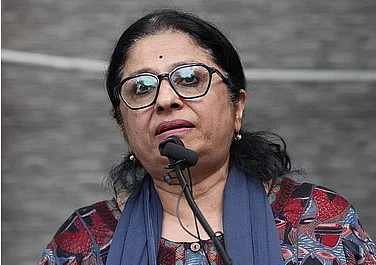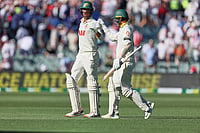There is so much to say about the Partition of India that occurred when the country gained independence in 1947, yet it often feels insufficient. There exists eminent scholarship, profound films, a wealth of literature and vivid commentary on the subject from contemporaries of the time to the present day in post-Independence India. However, a museum exclusively dedicated to this pivotal moment in history, preserving related material culture, oral histories, official documents, feelings, and emotions, is rare.
Situated inside BR Ambedkar University near Kashmere Gate in Old Delhi, the Partition Museum stands as a unique institution that grounds contemporary Delhi in a crucial layer of the past, enabling a meaningful understanding of the present and the value of the “Indianness” realized at a grave cost.
The museum features seven galleries, each presenting or depicting a specific aspect of the 1947 Partition. Navigating through these varied spaces evokes different feelings and a journey through a spectrum of emotions.
Voices of the Subaltern
While many museums in the country showcase the lives of the ruling elite and the powers that be, a significant portion of the Partition Museum documents the experiences and voices of ordinary people affected by the Partition. It includes stories of families from Chandani Chowk and the nouveau riche of Lahore who had to flee for their lives overnight, remembering the ordeals they endured during migration across the newly drawn border. In an era where there is debate about whether the subaltern should or should not speak, this museum creates space for such voices without making much noise about it. The first gallery serves as a gentle introduction to the emotional journey ahead.
Political Moorings
The second gallery is strikingly impactful, themed around the political underpinnings of the Partition. A monochrome photograph of Gandhi and Jinnah engaged in a pensive discussion is prominently displayed. Official letters and notifications favoring the division of the country along communal lines, the formal clauses of the Cabinet Mission, correspondence highlighting differences between the Congress and the Muslim League, and maps showing India’s boundaries before and after Partition are featured. By the end of this gallery, visitors experience a sense of finality and an almost detached perspective, contemplating who to hold responsible for the inevitable and the helplessness associated with the ephemeral right to vote and the limited influence on decision-making.
Parallel Occurrences
Gallery three is filled with heart-wrenching visuals of the events surrounding the Partition. One side of the room displays photographs of emaciated children and their mothers enduring famine, while the other side shows relief and aid programs initiated by compassionate Indian societies and individuals. Paintings and sketches by contemporary artists capture the calamity, reflecting the grim reality of a nation held together by makeshift solutions.
The Horrors of Leaving Home
The next two galleries offer a deep look into the experience of leaving home under urgency and fear, holding onto memories and making desperate attempts to survive amid uncertainty. One room features replicas of train coaches from that time. A mutilated shoe in the corner of a seat suggests a narrow escape from an attempted murder; a trunk carelessly left open between two seats hints at the grim reality of possibly containing a corpse; broken red bangles and torn dupattas (head scarf) cling to the corners of another seat, representing the chaos and hasty departure.
The scene in the last coach is particularly moving, with pagdis (turbans) left behind, colorful yet dull, as a last attempt to preserve vanishing honor. Exiting this room, one feels the pathos deeply. The adjoining room displays photos of the growing number of displaced people on both sides of the border — land overwhelmed by the influx, deaths surpassing countable numbers, and faces numb from the trauma.
Refugee Camps
Entering the next gallery reveals a glimpse of light. This space depicts the conditions of refugee camps: difficult, arduous, and bleak, yet a step toward rebuilding life. It houses a replica of a camp with a tent roof, a small dirty bucket, a pipe, and a water vessel with a flickering one-watt bulb. The room includes documentation of efforts to improve camp life, such as posters calling on women to knit for winter survival, photos of a large cauldron used to prepare food for around 300 people, and images of people lining up for water and food. Despite their sullen faces, cooperation and discipline bring a semblance of order to the chaos.
Rebuilding Life
As one moves to the second-to-last gallery, hope begins to emerge. A photo of a man diligently making a fire for cooking symbolizes the many who worked hard to rebuild life. Objects include an antique chair cherished by Mr Virmani from Lahore, which he managed to bring to Delhi and donate to the museum, underscoring its importance for future generations.
A small write-up describes the establishment of the Bhalla Shoe Company in Kanpur by Mr. Bhalla, who had a shoe business in Lahore. Another highlight is a sitar, enclosed in a glass chamber, belonging to a migrant from Pakistan. The instrument’s name, which matched a famous music shop in Connaught Place, delighted and touched the shop owners when it was repaired.
The gallery also features images of Gurudwaras established post-Partition to foster peace and harmony and notes that Punjabi Bagh in Delhi was once a refugee colony.
On a Hopeful Note
The final gallery radiates hope and renewal. It includes pictures of people from Lahore and Delhi reconnecting with ancestral homes and distant relatives across borders. An almost comic installation depicts Pandit Nehru riding a chariot drawn by lions, with contemporaries like Sardar Patel and Maulana Abul Kalam Azad. This whimsical element reflects the truth that humor often reveals deeper insights.
The Partition Museum holds national significance, meticulously and empathetically curated by a select few. Although not widely known, it is beginning to gain recognition among those interested in India’s past. The museum deserves increased visitation and discussion. Though the Partition was a tragic, tumultuous period, this museum commemorates the country's resilience, reconciliation with loss, undying spirit, and efforts toward reconstruction and harmony—essential for the global image of a country like India, whose present is built on a remarkable past.























